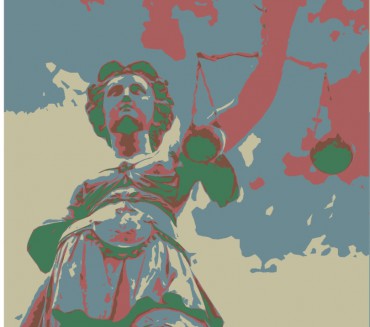Summary: 1. Introduction. – 2. International Standards of Lustration of Judges: Basic Model and Ukrainian Perspectives. – 3. Lustration, Vetting, and Assessment of Judges: European Experience and Ukrainian Perspectives. – 4. Lustration of Judges in Ukraine: Fundamental Challenges and Basic Results. – 5. Efficiency of Lustration: An Empirical Approach. – 6. Conclusions.
This article primarily focuses on the Ukrainian judge lustration, analysed from diverse aspects. Ukraine's legal lustration framework engenders two legal acts— the Law On Restoring Trust into Judicial Power in Ukraine (2014) and the law On Purification of Government (2014). Social feedback on adopting these Laws, their key objectives, provided instruments and efficiency issues are discussed. This research particularly scrutinises the fundamental European lustration standards, referencing a few European countries' experiences: Albania, Bosnia and Herzegovina, Poland. Deep insight into national lustration procedures is given, considering the European Court of Human Rights' relevant rulings and the Ukrainian Constitution's provisions. Remarks on whether all lustration laws comply with the Ukrainian Constitution are offered. Addressing the High Council of Justice's precedents, a judicial body entitled to verify the judges' lustration results, an in-depth empirical analysis of those procedural results are provided. Overall, Ukrainian lustration embodies a unique phenomenon due to strong social demand formalized in specially designed regulation.

